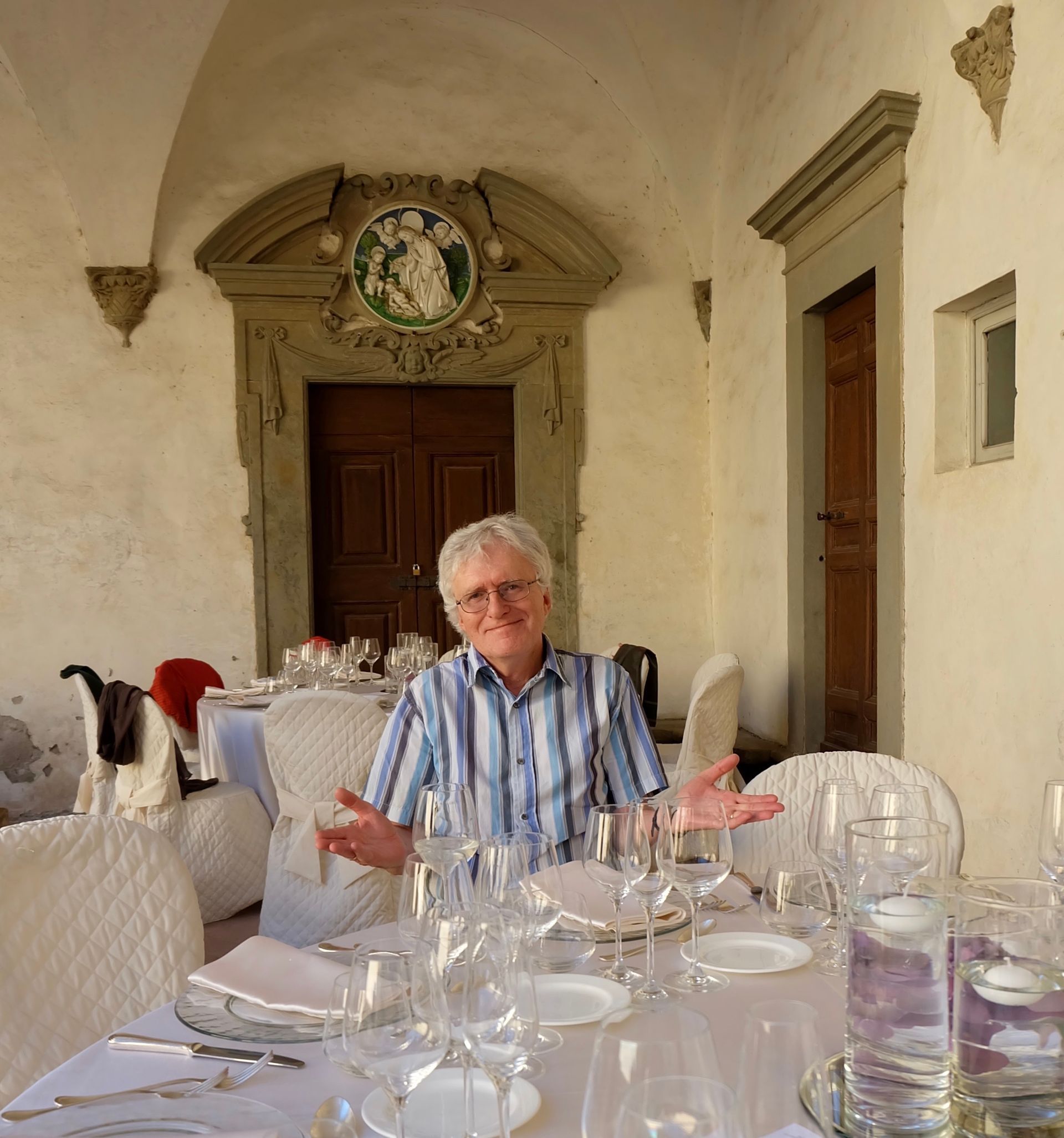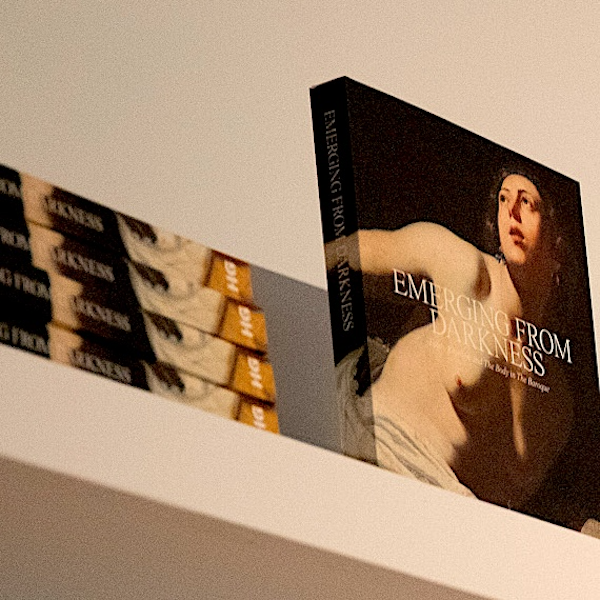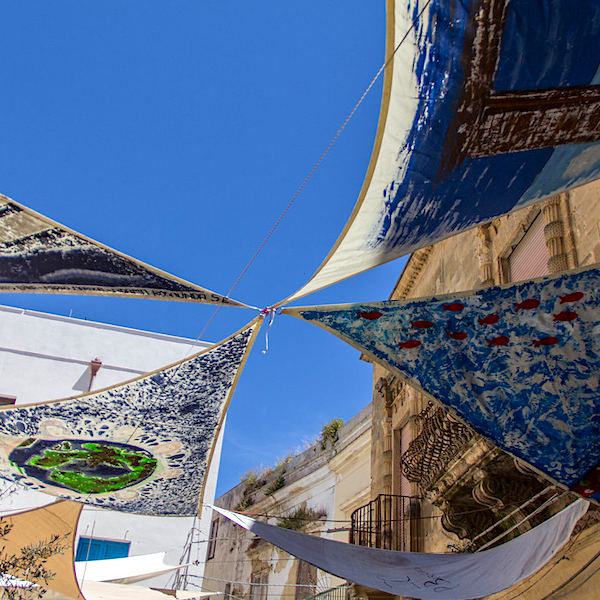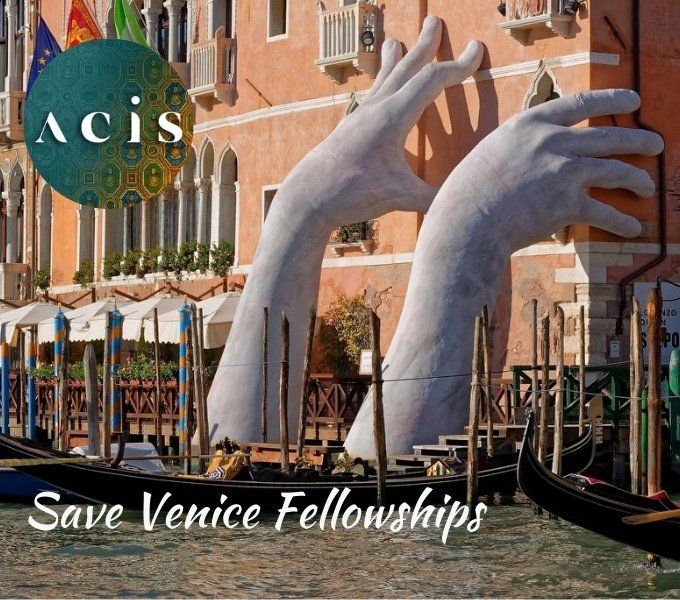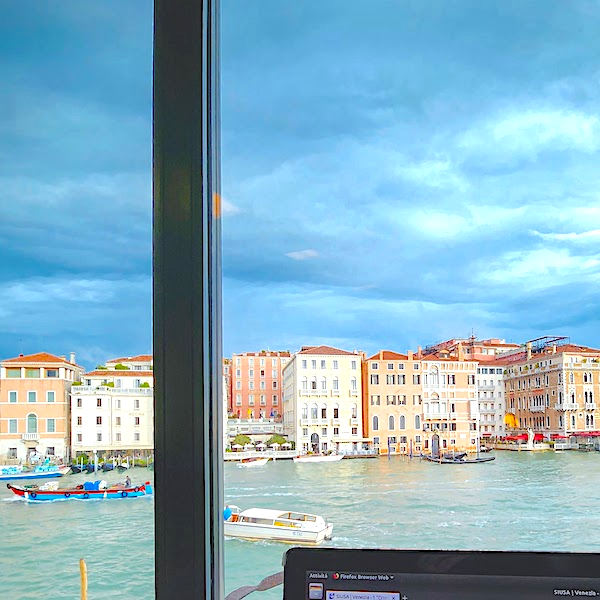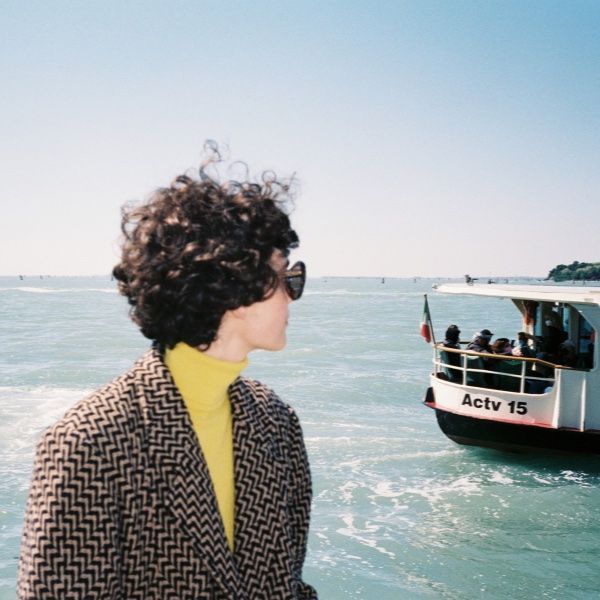Crime fiction in Italian: who reads it?
David Moss ANU
Italian crime fiction has been the topic of several posts which have raised questions about its authors, their protagonists and those protagonists’ family lives.
Credit: Miles Cole
There’s another kind of question we can ask: who reads this particular literary genre? (And if its consumers are clearly skewed in terms of class, gender or age, we can then wonder if writers are aware of this and shape their stories according to what they think will appeal to their most enthusiastic readership). An ISTAT-Multiscopo survey carried out in 2006, containing some comparisons with a similar survey taken in 2000, provides a few answers. Over that brief period books classified as gialli and noir increased their appeal from 22% to 27% of all readers – in fact it was the fastest-growing genre. In 2006 it constituted the third most popular type of book, behind novels and useful books for the home but slightly ahead of tourist guides and humour. While we might think stereotypically that gialli and noir would be more likely to appeal to men than to women, we would be wrong. In 2006 marginally more women (27.2%) than men (27.1%) read books from this category. To confirm stereotypes: science fiction and horror interest twice as many male as female readers, while female readers dominate the consumption of books about health, children and cooking (books about animals seem to be sex-neutral).
What about the impact of age on reading preferences? Novels appeal pretty much equally to all adult age-groups: readers aged 75+ consume Italian novels as eagerly as readers fifty years younger, although interest in foreign authors flags with age. Peak consumption for gialli/noir is among 35-44-year olds – the only other literary category which peaks at that age is literature for children, presumably books read together at night ( noir couldn’t offer the reading-out of suppressed desires among this particularly-harassed-by-both-work-and-family-demands age-group, could it?). Interest in humorous books declines systematically from age 20 onwards: real life gets its grip and humour is not an Italian form of escapism (except in politics). Books defined as religious provide the only exception to the rule that reading as an activity declines with age: interest rises continuously from age 20 onwards (the avid concern in the mass media with the neighbouring domains of astrology and the occult doesn’t carry over into book form at any age).
ISTAT did not extend the survey to investigating what sorts of titles in the various fields have proven most popular, so we don’t know whether the inclusion of terms like ‘delitto’ or ‘sangue’ or ‘mistero’ adds value to their bearers among gialli. Observing the array of best-sellers in his local bookshop, Alan Coren once noted that a surefire hit title would include cats and golf (his next book was called Golfing for Cats). Is there a similar recipe for a successful Italian giallo ? (And will anyone making use of this valuable pointer towards huge sales at airport bookstalls please ensure that ACIS receives a share of the royalties).
